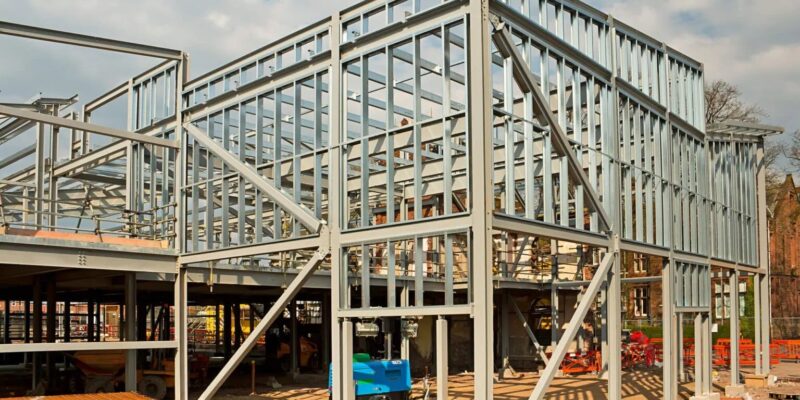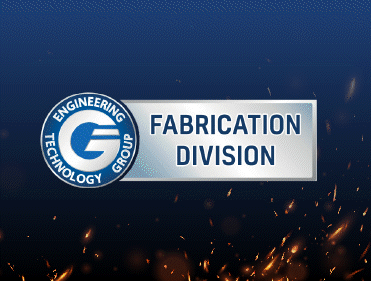
When Sir Benjamin Baker and Sir John Fowler completed the Forth Bridge in 1890, they established a benchmark for structural steel innovation. This cantilevered marvel, consuming more than 50,000 tonnes of steel, represented the pinnacle of Victorian engineering precision, constructed with relatively primitive equipment by today’s standards.
The journey from these early triumphs to contemporary steel structures reflects Britain’s enduring excellence in structural engineering. The transition from wrought iron to mild steel, and subsequently to high-strength variants, has enabled increasingly ambitious spans and ever-more slender profiles. Where Victorian engineers designed with generous safety factors to compensate for material inconsistencies, today’s structural specialists can specify precise steel grades with guaranteed performance characteristics.
Achieving Precision in Mega-Structures
The computational revolution has transformed structural steel design from an art balanced with science into a discipline of extraordinary precision. Modern engineers employ finite element analysis to model how every beam, column and connection will behave under countless loading scenarios, often predicting deflections measured in millimetres across structures spanning hundreds of metres.
British engineering firms have been at the forefront of this computational evolution, developing software that can simulate everything from wind-induced oscillation to progressive collapse scenarios. These tools allow engineers to optimise material distribution with unprecedented efficiency, placing steel exactly where it is needed.
Perhaps most impressively, these analytical capabilities enable the creation of structures that would have been unbuildable a generation ago. The swooping geometry of landmarks like London’s ‘Walkie-Talkie’ building represents both architectural ambition and computational mastery, with each unique steel element precisely designed for its specific location and load case.
Interfaces Where Engineering Excellence Is Tested
In steel structures, connections are both the greatest vulnerability and the highest expression of engineering precision. It is at these critical interfaces—where forces transfer from one element to another—that the sophistication of modern structural engineering is evident.
Connection design has evolved from simple riveted plates to sophisticated systems incorporating preloaded bolts, partial-strength connections with predictable ductility, and hybrid solutions combining multiple fastening technologies. Each connection type must be meticulously engineered to balance strength, stiffness, and constructability while accommodating the realities of site erection.
Fabrication Tolerance Management
The science of tolerance management—anticipating, controlling and accommodating these variations—is perhaps the unsung hero of successful steel construction. British fabricators have developed sophisticated systems to maintain precision throughout manufacturing and erection.
Steel components expand and contract with temperature changes, introducing dimensional variations that must be predicted and accommodated.
Structural Steel Fabricators Near You
If you’re looking for high-quality, CE-marked steel fabrication that will help any domestic or commercial project in the construction industry maximise its potential, Baker Steel Trading can help.














